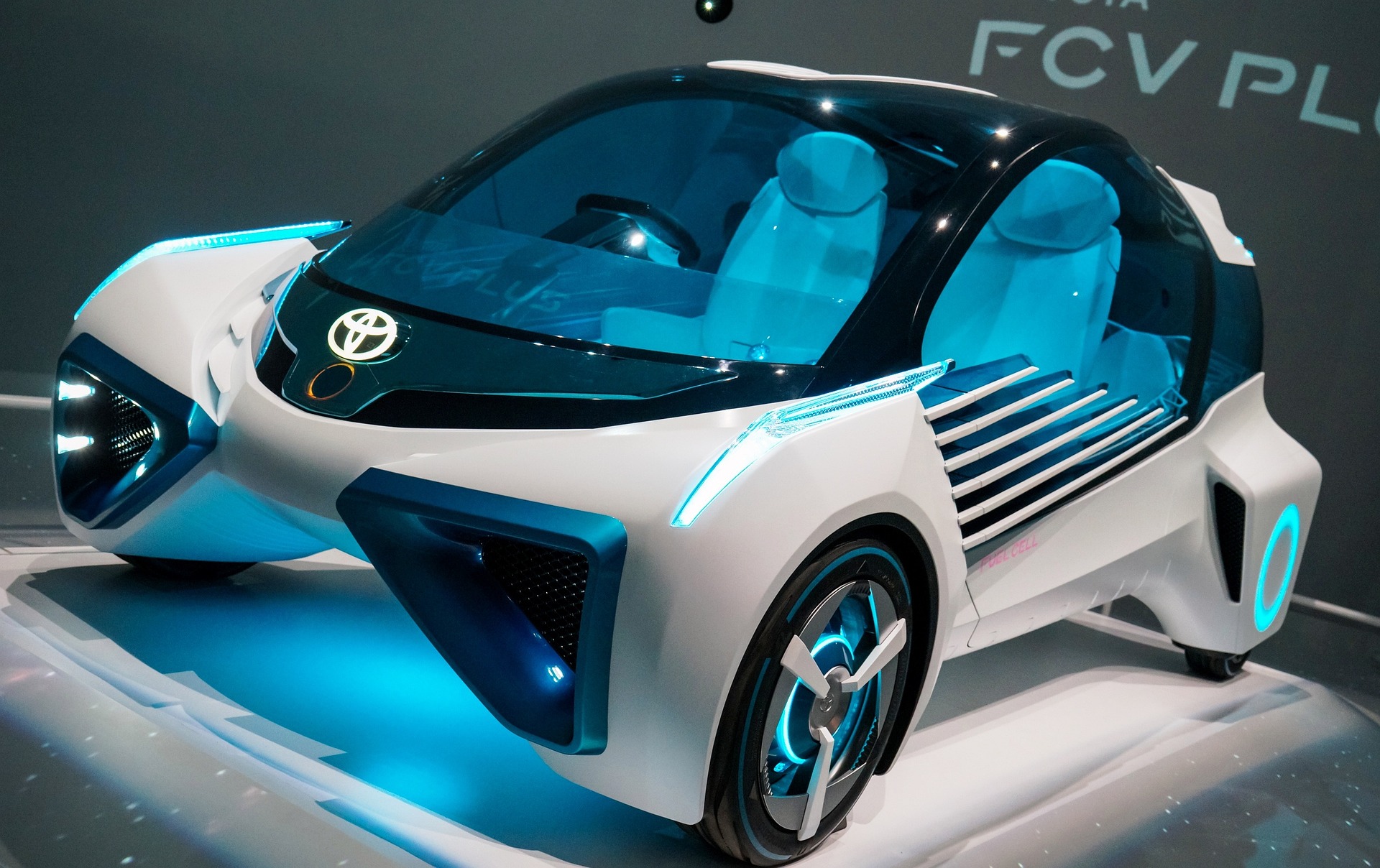Torque is a fundamental concept in automotive engineering, as it plays a crucial role in determining a car’s performance and drivability. Simply put, torque is a measure of the twisting force applied to an object, such as an engine or a wheel. It is often expressed in Newton-meters (N·m) or pound-feet (lb-ft).
When it comes to cars, torque is most commonly associated with the engine. The torque output of an engine is a measure of the amount of turning power it can produce. Engines with higher torque outputs are able to accelerate quickly from a stop, while engines with lower torque outputs tend to have less low-end power. This is why cars with high-performance engines, such as sports cars and muscle cars, often have high torque outputs.
Torque is also an important factor in determining a car’s drivability. Cars with high torque outputs tend to have more “grunt” and feel more responsive when accelerating. On the other hand, cars with lower torque outputs tend to feel less lively and may struggle to accelerate quickly.
In addition to engine torque, another key factor in determining a car’s performance is the torque transfer to the wheels. The torque transfer is the amount of torque that is actually delivered to the wheels, which is determined by the transmission and drivetrain components. A car with a high torque transfer will be able to accelerate quickly, while a car with a low torque transfer will struggle to get moving.
One of the key advantages of torque-based engines is their ability to produce a lot of power at low RPMs. This makes them particularly well-suited for heavy-duty applications, such as towing and hauling, as well as for off-road use. This is why many trucks and SUVs come with engines that produce high torque outputs.
Another aspect of torque that is important to consider is the torque curve. This is a graph that shows how the torque output of an engine changes as the RPMs increase. Ideally, an engine should produce a steady and consistent torque curve, with minimal fluctuations. This results in a smooth and predictable power delivery, which makes the car more drivable and enjoyable to drive.
In conclusion, torque is a crucial concept in automotive engineering and plays a major role in determining a car’s performance and drivability. When it comes to cars, torque is most commonly associated with the engine and its output, with the torque transfer to the wheels and the torque curve are also important factors to consider. Understanding torque can help you make an informed decision when buying a new car or upgrading your current one.
Table of Contents
How Water Powered Cars Work: The Truth Behind Hydrogen-Powered Vehicles
Imagine driving a car that spits out nothing but water vapor. The idea of a water powered cars sound…
AMD Focuses on Automotive Industry Servicing
AMD is making significant strides in catering to the automotive industry, and they didn’t wait…
Flying Cars are No Longer Sci-Fi: Robotaxis Take Off in China Too
In a groundbreaking leap towards the future, China welcomes the arrival of the robotaxi, an electric…


